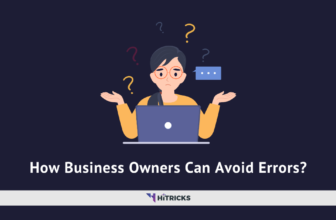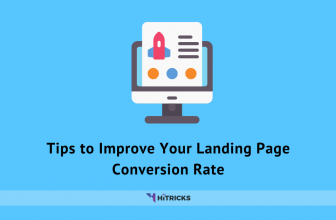Remote patient monitoring (RPM) software helps patients to remotely track and share their health metrics and other vitals using smart devices, wearables, or medical equipment. The data can be sent to healthcare providers, who use it to diagnose the patient and provide timely care.
In today’s post, we will be looking at RPM software and its benefits. Here’s an overview.
Use Cases of Remote Patient Monitoring Software:
Remote patient monitoring solutions can be optimized in various situations to enhance patient care and outcomes. Some regular use cases for RPM software include:
- Chronic disease management: Remote patient monitoring software solutions can aid patients with chronic conditions such as diabetes, hypertension, or COPD in managing their health by tracking their vital signs and other health metrics. This can help patients monitor their health and warn their healthcare providers if they notice any changes or concerns.
- Post-discharge care: RPM software can help patients recuperate from surgeries or other medical procedures at home by allowing their healthcare providers to observe their progress remotely. This can ensure that the patients are healing properly.
- Remote consultations: RPM software can offer remote consultations for patients in rural areas. This can enhance access to care for these patients and relieve the burden on healthcare providers.
- Population health management: RPM software can scrutinize a population’s health, such as a group of patients with a specific condition or in a specific geographic area. This can help healthcare providers pinpoint trends and patterns in patient health and intercede if necessary to improve outcomes.
- Clinical trials: RPM software can compile data from patients participating in clinical trials, allowing researchers to monitor the patient’s health and the treatment’s effectiveness.
Benefits of Remote Patient Monitoring Software:
Remote patient monitoring (RPM) software can aid patients and healthcare providers. Some of the benefits of RPM software include the following:
- Improved patient outcomes: RPM software can help patients supervise their health more effectively, leading to improved outcomes. For example, patients with chronic conditions who use RPM software may experience fewer hospitalizations and emergency department visits.
- Reduced healthcare costs: By allowing patients to monitor their health and receive timely care, RPM software can help reduce the overall cost of healthcare. This can be especially advantageous for chronic patients who require ongoing medical care.
- Increased patient engagement: RPM software can help patients take a more assertive role in their healthcare, increasing their engagement and motivation to manage their health.
- Improved access to care: RPM software can help improve access to care for patients who have difficulty traveling.
- Increased efficiency: By allowing healthcare providers to monitor their patients remotely, RPM software can help them see more patients in a given day and reduce their time on administrative tasks.
How to Develop a Remote Patient Monitoring Software?
Here is a detailed guide on remote patient monitoring software development:
- Understand the problem statement: The first step in developing RPM software is to pinpoint the problem you are trying to solve. This could be anything from assisting patients with chronic conditions to manage their health to providing remote consultations for patients.
- Conduct market research: Next, conduct market research to understand your target audience’s needs and identify any existing solutions in the market. This will help you comprehend the competitive landscape and confirm your solution is unique and valuable to your target users.
- Create a detailed specification: Once you have determined the problem and understood the market, create an exact specification for your RPM software. This should include the features and functionality you want, the target audience, and the user journey.
- Choose a development approach: There are several approaches you can take when developing RPM software, including agile, waterfall, or hybrid. Choose the method that best fits your needs and the needs of your team.
- Design the user interface: The user interface (UI) is a critical component of RPM software, as it defines how easy the software is to use. Make sure to design a clean, intuitive UI that is easy for patients to navigate.
- Develop the software: Once you have a detailed specification and a design for the UI, you can start developing the software. This will involve writing code, testing the software, and debugging any issues.
- Experiment with the software: Before launching your RPM software, it is essential to thoroughly test it to ensure it is trustworthy and easy to use. This may involve executing user testing, stress testing, and performance testing.
- Launch the software: Once it is developed and tested, you are ready to launch it on the market. This may involve designing marketing materials, creating a website, and reaching out to potential customers.
That’s all about Remote Patient Monitoring Software and how you can develop the same. In case you have further queries feel free to comment below. I will be happy to help. Thanks for reading.
Nirmal Sarkar is a Biotechnologist from the city of Joy, Kolkata. He is the founder of this blog and covers a wide range of topics from Gadgets to Software to Latest Offers. You can get in touch with him via nirmal@hitricks.com







